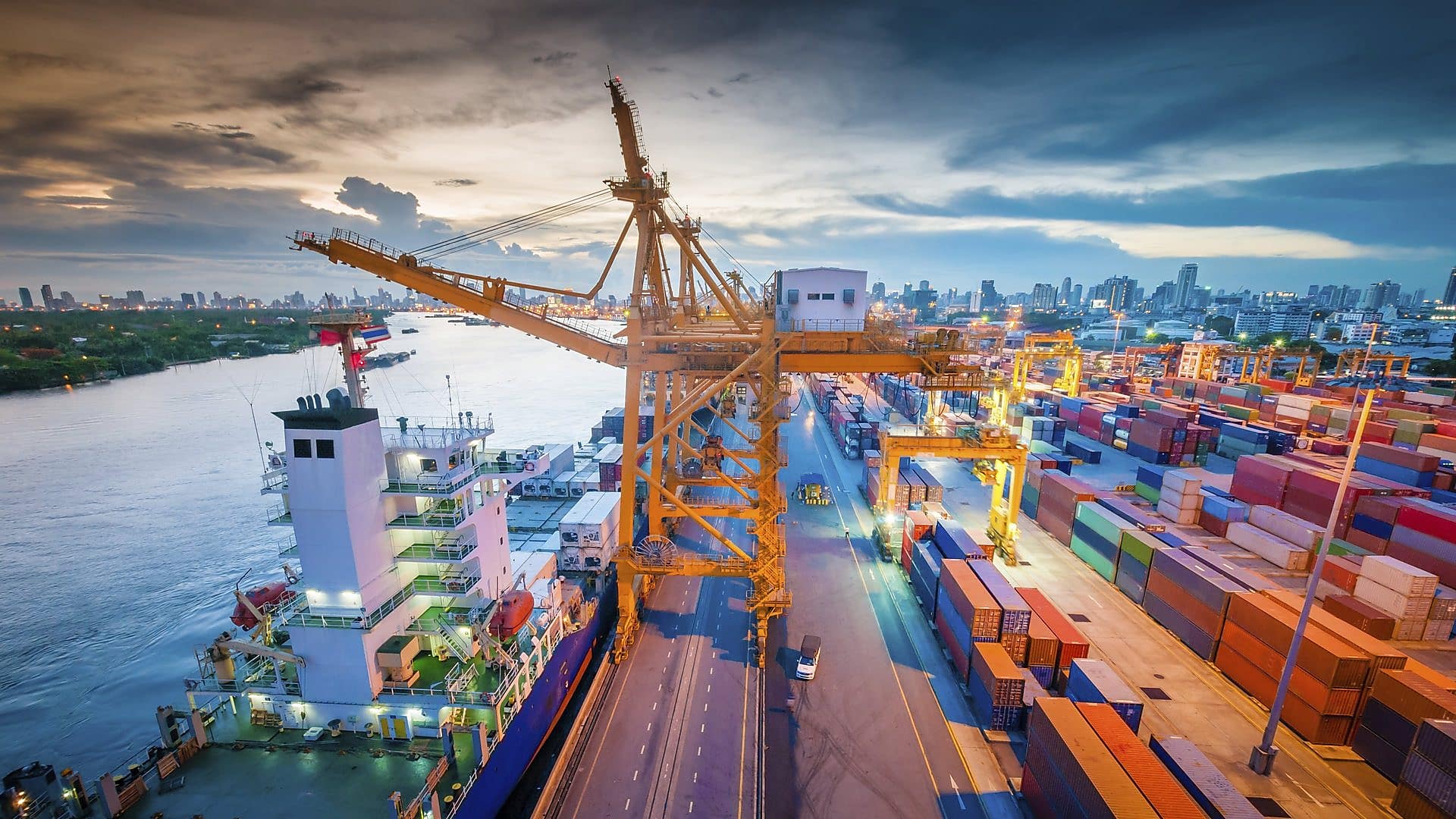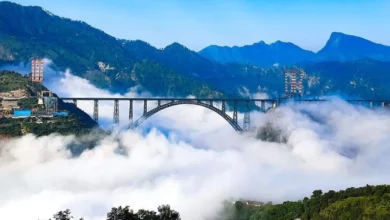
Major Ports Authorities Bills, 2020 to Give Infrastructure Boost
Introduction
The Major Port Authorities Bill, 2020 was introduced in Lok Sabha by Mr. Mansukh Mandaviya, the Minister of State for Shipping, on March 12, 2020. Prime Minister Narendra Modi gave his approval after a long period of delay since 2019 to replace the age-old Major Port Trusts Act, 1963.
The fate of the most significant structural reform, the Major Port Authorities Bill — a show-piece initiative of the Modi government for the refurbishment of the major ports was pending for more than five decades. This Bill hands over full decision-making power to all the major ports and ensures that they have complete autonomy and transparency in operations. The major ports of Mumbai, Kolkata, Cochin, Jawaharlal Nehru, Chennai, New Mangalore, Paradip, V.O. Chidambaranar and Vishakhapatnam come under the scrutiny of this new Bill.
Why the Decision Came into Effect?
India has coastlines stretching to 7500 kilometers in length and is located at a pivotal point in the international trade route of the Indian Ocean. Because of this, India has a huge potential in international trade. But that has not been the case due to limited port facilities and the inefficiency of the system to operate up to its full potential. It is estimated that about 55 percent of the types of equipment available at all ports had crossed their economic lives, resulting in reduced efficiency. The handling inefficiency of marine and cargo services made the ports comparatively less attractive to trans-shipment cargo and bigger vessels than the charming neighboring ports of Colombo and Singapore.
Sagarmala Project launched during the year 2015 in an attempt to modernize the infrastructure of major ports didn’t bring much change as it was expected to. This partially failed attempt compelled the Cabinet to bring in a new policy of reform- giving full freedom to the major ports to operate on their own. So the decision took into effect, and this Bill was passed upon approval for completely upgrading the 2016 version of the government-driven important ports bill in India.
What was the 2016 version of the Bill?
The introduction of the 2016 Ports’ Bill was a baby step in completely restructuring the policies of the prominent ports in India, driven by the government. These ports, owned by the states, constitute about 55% of the maritime cargo traffic in the country. According to the Bill, the ports can raise funds without the central government’s permission from the banks, and a newly formed centralized adjudication board had the responsibility to resolve disputes and differences between the ports and private sectors. Although the Bill stated to grant complete freedom to the ports, the 1960s tariff and policy regime of the TAMP still influenced them.
Importance of the Upgraded 2020 bill in the Indian Infrastructure
With this Major Ports Authorities Bill coming into effect, autonomy is granted on a large scale to the ports of India. Full power is given to set their own tariffs. The Bill provides autonomy to the Board in using its property, assets, and funds as per its convenience for the development of the major port. Power is also given to enter into any contracts or planning of restructuring ports, security or any arising emergency except in the national interest
Established under the 1963 Act, the Tariff Authority for Major Ports fixes the rate of assets and services available at ports currently but under this Bill, the Board or its appointed committees will have the authority to determine rates. Provision has been made for safeguarding the pay & allowances, and service conditions, including the benefits of the employees of major ports regarding pensions.
Under the 1963 Act, there were various penalties for contravening provisions of the Act. Under the effect of the 2020 Bill, these penalties are upgraded and raised. It states that a person will be punished with a fine of up to one lakh rupees for breaching the regulations of the law. The penalty rate is extended by Rs 10,000 for setting up any structures on or near the harbors without permission, and the rates are extended up to 10 times for evading rates.
What Benefits will it Bring to the Economy?
The regulations of this law will make the ports commercially more attractive and modernized. This will serve more in terms of investments, and as service providers, it will be an attractive prospect for huge companies to invest billions. Thus, opportunities for employment will be available on a large scale and further development of the sector, according to the needs with well-equipped infrastructure.
A port to port linkage through hinterlands will be a realistic dream which will eventually come with a more liberal regime, enabling smooth traffic via water.
Currently, the private sector is involved in major ports in areas like cargo handling and adding new terminals which will serve as the primary conduit for India’s international trade.
Together with the Sagarmala project, this Bill will give a boost to the shipping sector, ensuring skill development of fishers and would develop fishery industries, hence contributing to the GDP. With the approval of the Port Authorities Bill by the Parliament, a critical missing link is finally in place.




